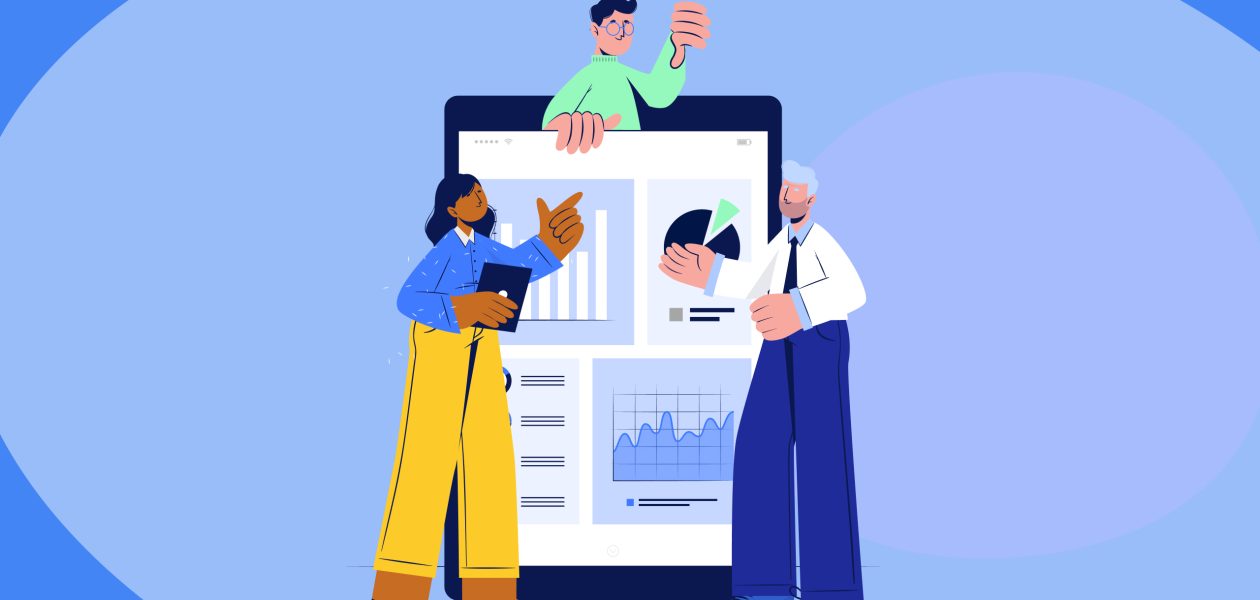Retaining customers has become crucial and even harder as new businesses are taking over the market with their brand new products and brand identity services. To compete with this, one needs to identify their customer’s likes and even dislikes.
Traditionally companies used customer success to manage customer retention but now another key element contributes highly to retaining customers. This specific tactic is known as Product led growth.
SaaS companies mostly make use of this technique. However; traditionally run companies have also come to realize its many benefits.
In this technique, the main growth initiator is the product itself which ultimately leads to customer success. In simple terms, customers stick to a brand when its products or services give them the exact value they desire. They remain loyal to this brand and then recommend it to others as well. As a result, your marketing is being done by your loyal customers without you having to pay any additional charge for it.
The main objective of this strategy is to alter the products in such a way that they can sell themselves. So it eliminates the need for large-scale marketing campaigns, which saves your time and resources.
For example, Slack is one company that makes great use of product-led growth. Within 5 years of operations, they reached a 7 billion valuation by focusing on what their target customers wanted. Slack claims to deliver a positive user experience rather than marketing it as just a tool for communication. It allows team members to relate to one another and make decisions faster. When an organization adopts this software, the news automatically spreads from one employee to another and from employees to friends running their own companies. In this way, Slack increases its customer base without investing in any marketing campaign.
Product-led growth strategy is formed by monitoring user behavior such as in-app data, usage issues, and user engagement. When we know the areas where customers get stuck, we can ea try to mend them and make it easier for them to use the product. For example, if we provide a manual, it will be much more convenient for them to understand and also give them the courage to buy a product. These improvements not only lead to greater conversion rates but also leads to growth and customer success.
Now that we have a clear idea about what product-led growth is, let’s see how we can effectively implement it in our company:
Table of contents
Understanding the customer journey
Determining how consumers will use your product is a good initiative for product-led growth. You can carry out multiple tests on these products using beta testing groups or employees as they are potential customers as well. Their viewpoint can be useful for making alterations to the product and also making it fit for use.
Another vital way to understand consumers is to analyze their behavior. For example, when a consumer is inactive and doesn’t log in to his account much, you can have a look at their activity using your site to see where they got stuck or which feature is not that helpful to them.
Moreover, if we want to know how our customers talk about our brand, we need to take frequent feedback from them. Nowadays, most apps like Pinterest, Youtube, Foodpanda, and many more ask customers to review their experiences using their app. These ratings and suggestions help to enhance the performance of their product and ensure customer success.
Segmentation of customers
You will notice that understanding the customer’s behavior is the key highlight of product-led growth. When we monitor their activities, we know how we can provide satisfaction with our product. That is why segmentation of these customers is very important so that we can provide them the value which they want. Currently, two methods are used to segment users; in-app segmentation and account-based user segmentation. These segmentations are done based on their company size, freemium clients, last log-in, and plenty more.
Proactive Outreach
Consumers these days do not have much patience. So if they face any problem while using your product, you should notice it as soon as possible, or else you might soon be losing your customers. That is why proactive and educational outreach is a must-have for these types of customers to ensure that they keep on using your product and remain loyal to it.
You can do this by sending an alert to your team member and letting them find out what caused a customer to stop using your product so frequently. You can also give an in-app walkthrough to your new customers to help them understand the features of your product. A short webinar or a tutorial on your website is also a good way to educate customers. However; these sorts of resources should be prepared beforehand so that customers do not shift to other apps as soon as they get stuck.
Final Thoughts
Be it a new or an established company, all of them need to recognize the importance of product-led growth as it can be useful for both sales and marketing. As mentioned above, understanding your customers is the key and that is exactly what this technique is all about. It is a bridge between you and your customers that allows you to know them, understand them and even connect with them. With regular monitoring and proactive outreach to them, you will be able to set new standards for your customers.



